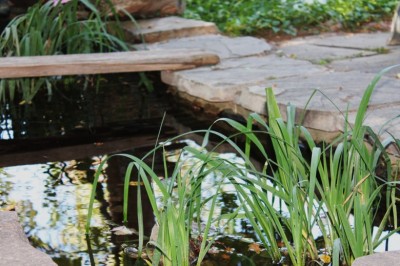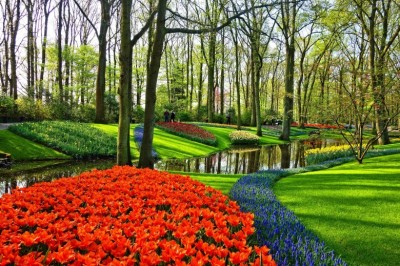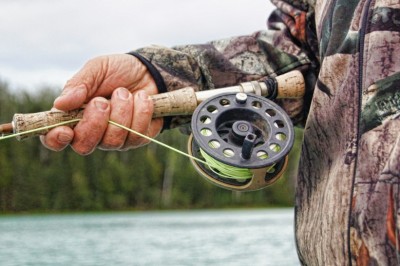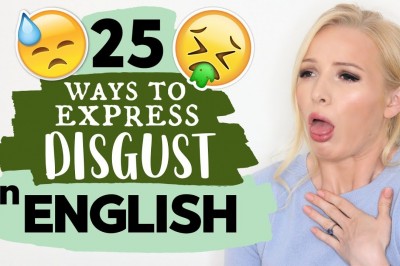How Topography and Property Characteristics Affect the Price of Waterfront Property
The value of a waterfront property is greatly affected by the topography and physical characteristics of that property. It does not matter whether it is a lake, river, pond, stream, or creek property - the same factors will have a great affect on the value or cost of the property. It doesnt matter whether the property is in Wisconsin, Michigans Upper Peninsula, or some other location. Some of the affecting factors include elevation, shoreline, woods and meadow, landscaping, and wetland or floodplain areas.
1. Elevation and slope. As a general rule, the more gently a property slopes toward the waters edge, the more value it has. Therefore, the more steeply sloped the property might be toward the lakeshore, the less value the property has. Most people want to be able to easily walk to their dock, beach area, etc. If the property is too steep, then parents become concerned about small children tumbling down a hill. Elderly individuals or those who are not in very good shape physically may have a difficult time traversing a "hilly" property. But you can have too much of a good thing. If a property is too flat, then it may have trouble with flood plain and be unbuildable or have an especially long building setback from the lake or rivers edge. Flowing bodies of water such as rivers, streams, and creeks will suffer most from this problem. But ponds and lakes are susceptible as well. Sometimes a property with a high elevation and a steep "cliff face" down to the water will have great value because it offers an outstanding view. This is another exception to the general rule that "flatter is better".
2. Shoreline. Most people prefer a "clean" shoreline versus a shoreline that has weeds or cattails. This is partly because of aesthetic appeal and partly because most waterfront property owners either want to swim themselves or have family members that may want to swim. As a general rule, if a property has less or no weeds along the lakes edge, it is more likely to have a swimmer-friendly lake bottom like sand. One exception to this rule about foliage is a plant that I call "sand cane". It resembles long grass and grows in sand. I consider this to be a good sign, as it indicates a sandy bottom. It also pulls out easily, although local regulations should be checked before removing it. In this photo gallery, you can see sand cane in some of the pictures: http://www.wiswaterfront.com/listings/waterfront/RLSSU52.htm The property shown here is on a sand bottom lake with clear water.
3. Woods and meadow. Most people desire three things in a vacation property - woods, water, and seclusion. Whether they are pursuing riverfront, lakeshore, or other property, these desires seem to be universal. Therefore, a "wooded" property is typically more valuable and costly than a property that is all or mostly "meadow" or "open" area. If a property has mature trees, it is more valuable than one with an immature forest. By the same token, some tree varieties add more value than others. For example, oak trees are more valuable than cottonwood trees, which have a shorter lifespan.
4. Landscaping or other similar improvements can add great value to a stream, river, lake, pond, or creek property. For example, a steep property with a terraced slope or a couple flights of stairs down to the waters edge will command a higher value than one with neither of these improvements. A fully-wooded property that has a building site already cleared will typically sell before one that does not. The same is true with a "view corridor" that has been cut through the woods in order to allow a view from the building site out over the lake.
5. Wetland and floodplain. I touched briefly on floodplain already, but Ill say a bit more here. Both wetland areas and floodplain areas on a property can detract from the value of the property. This is especially true if the building site is affected. While rivers, streams, and creeks are more often affected by floodplain, wetland can affect all waterfront properties. Both wetland and floodplain areas can subtract from the amount of "usable" land on a given property. They can also make it a challenge to build, make it necessary to build farther back from the water, and make septic systems more expensive.
I hope this brief article is helpful to you as you seek to understand what adds to or detracts from the value of a waterfront property. To learn more about the market for waterfront property in Wisconsin, you can read an article here: http://www.wiswaterfront.com/info/index.htm
To see some waterfront properties for sale in Wisconsin and Upper Peninsula Michigan, go here: http://www.wiswaterfront.com/listings/waterfront/index.htm
To read more about the factors affecting the price of waterfront property, you can find articles here: http://www.wiswaterfront.com/blog/
Warm regards,
Trevor Maki
Land Specialist
Trevor@wiswaterfront.com
Lake, river, pond, stream, creek, and wooded property for sale in Wisconsin and Upper Peninsula Michigan






















